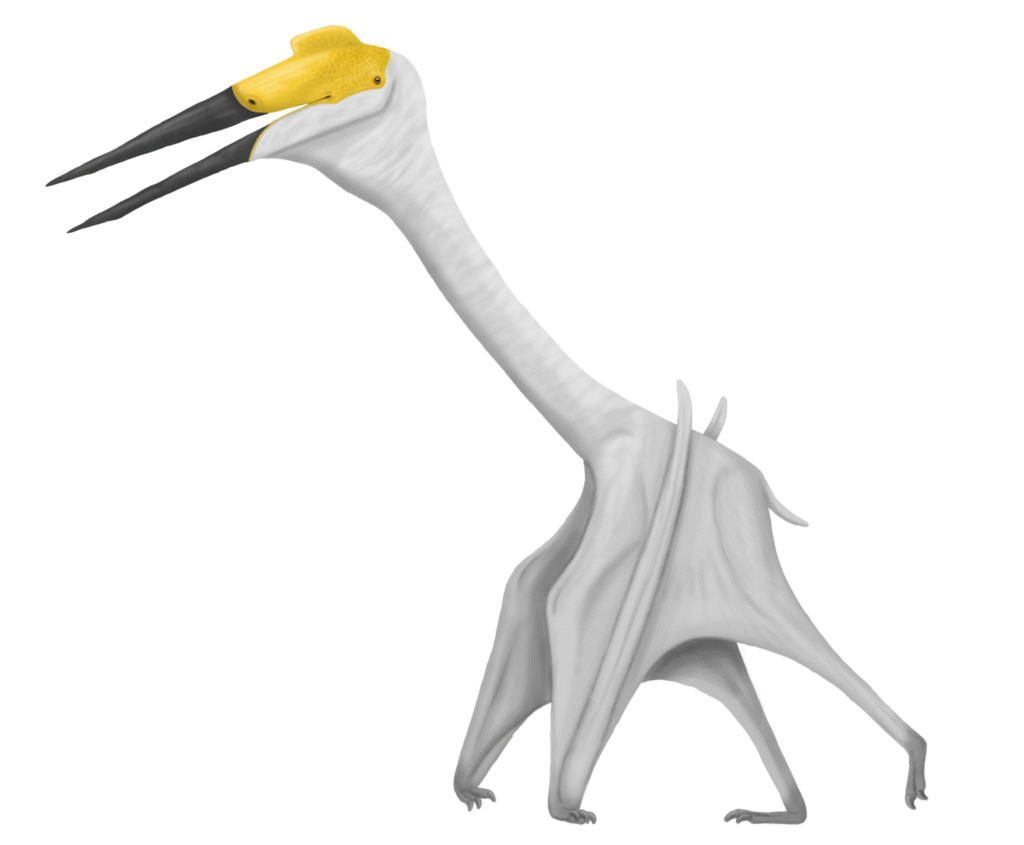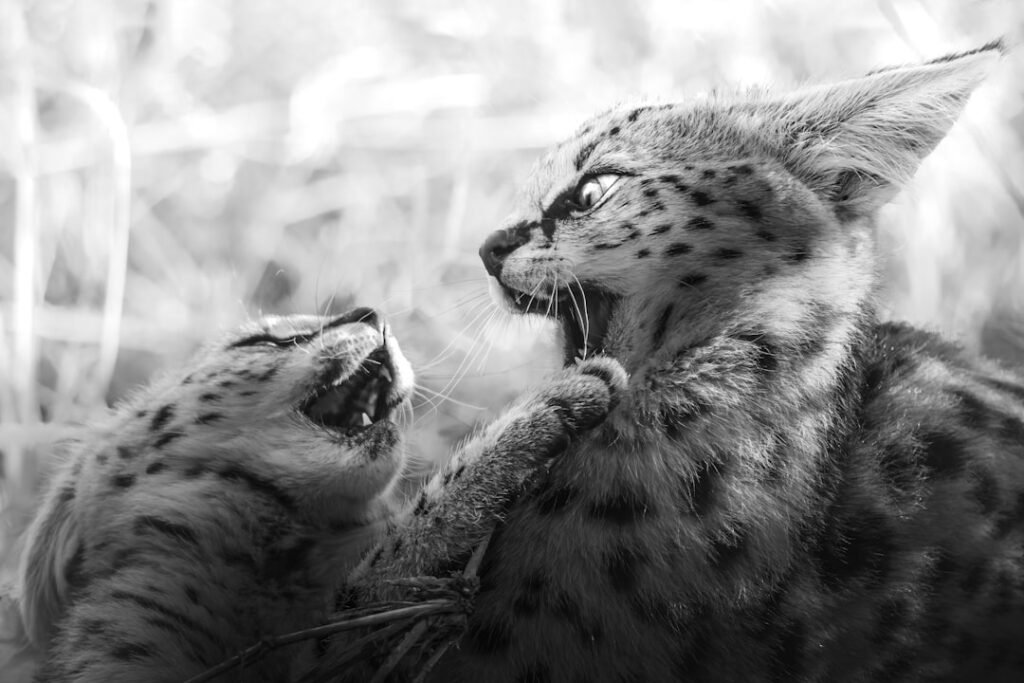Picture the closing chapters of the Cretaceous, when shorelines were louder, skies busier, and the largest flying animals ever known prowled like herons with skyscraper wings. The puzzle scientists are still piecing together is how such giants rose from the ground, hunted, and survived in a world already tipping toward catastrophe. New analyses of fossil bones, computer models of flight, and careful comparisons with living animals are rewriting what we thought was possible. These reptiles didn’t just glide; they strode, vaulted, and owned the air in ways that make today’s albatrosses and condors look modest. Here are five late‑Cretaceous heavyweights that, by almost any measure, outsized modern birds and reshaped our sense of flight itself.
Quetzalcoatlus northropi: The Giant That Stalked Ancient Shores
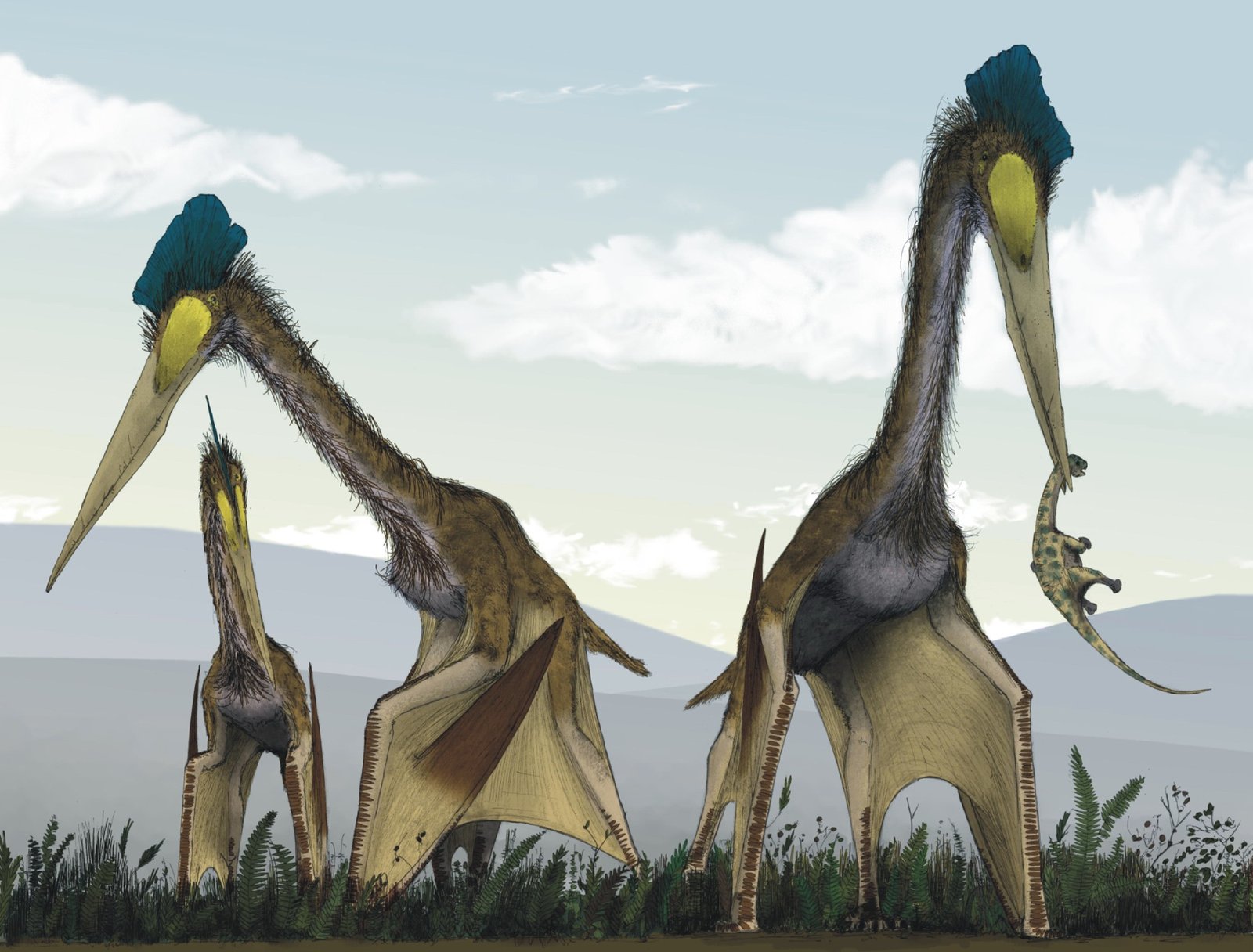
Even in a pantheon of giants, Quetzalcoatlus sits at the edge of disbelief, with a wingspan stretching into double-digit meters and a skull long enough to rival a person’s height. Fossils from what is now Texas point to a creature built like a soaring stilt-walker, with elongated limbs and a lightweight, hollow-boned frame engineered for launch. Researchers argue it used a powerful four-limbed vault to burst into the air, a maneuver that turns old assumptions about bird-like takeoff neatly on their head. On the ground, it likely patrolled river margins and coastal flats, picking off small vertebrates with a precision beak. The comparison everyone reaches for is the wandering albatross, but this pterosaur would have made even that legendary bird look like a compact glider.
There’s a sober lesson in the fragments we have: these animals were not delicate kites but purposeful, muscular fliers, front-loaded with a big head and neck balanced by immense wing area. Bone microstructure hints at fast growth, a high-energy lifestyle, and repeated cycles of stress and repair consistent with powerful flight. Aerodynamic models suggest low wing loading relative to body size, enabling efficient soaring over long distances in warm, rising air. Imagine a land-based hunter that could lift off, circle a floodplain for hours, then touch down with the authority of a crane truck. That mix of terrestrial stalking and long-range soaring defies easy analogies, and perhaps that’s the point – pterosaurs were pursuing a playbook we no longer see in living animals.
Hatzegopteryx thambema: The Heavy-Hitter of Transylvania
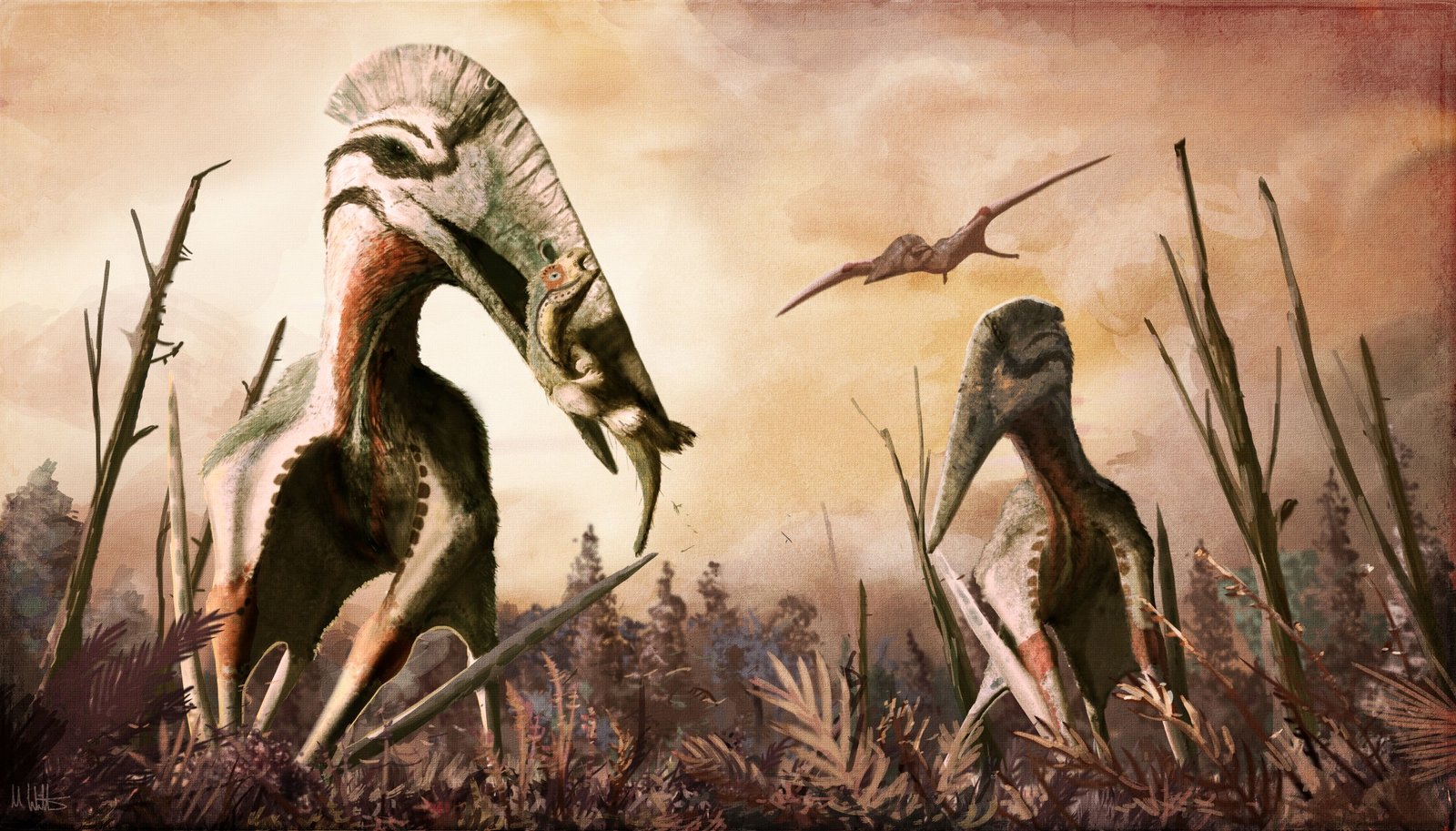
If Quetzalcoatlus was a skyscraper, Hatzegopteryx was a fortress – massive-jawed, short-necked by azhdarchid standards, and shockingly robust. Its home was an island ecosystem in what’s now Romania, a place famous for dwarf dinosaurs and outsized predators. Neck bones reveal thick walls and strong internal bracing, implying a bite-and-lift style of predation more forceful than its svelter cousins. The skull, reconstructed from large fragments, appears built to deliver and withstand serious mechanical loads. This wasn’t just a scavenger; it was plausibly an apex hunter within its insular world.
The idea that a flying reptile could behave like a ground-based ambush predator feels counterintuitive until you picture a heron scaled to impossible dimensions. Hatzegopteryx likely used stealth and sudden force, plucking juvenile dinosaurs, mammals, or anything that strayed too close to the water’s edge. Its power-focused anatomy may have come with trade-offs – perhaps less long-distance elegance but far more punch at takeoff and attack. Compared with any modern bird, including the great condors, the overall mass and head size push the envelope. The island effect, it seems, didn’t make everything small; sometimes it allowed the top hunter to go big.
Arambourgiania philadelphiae: The Desert Nomad With a Towering Neck
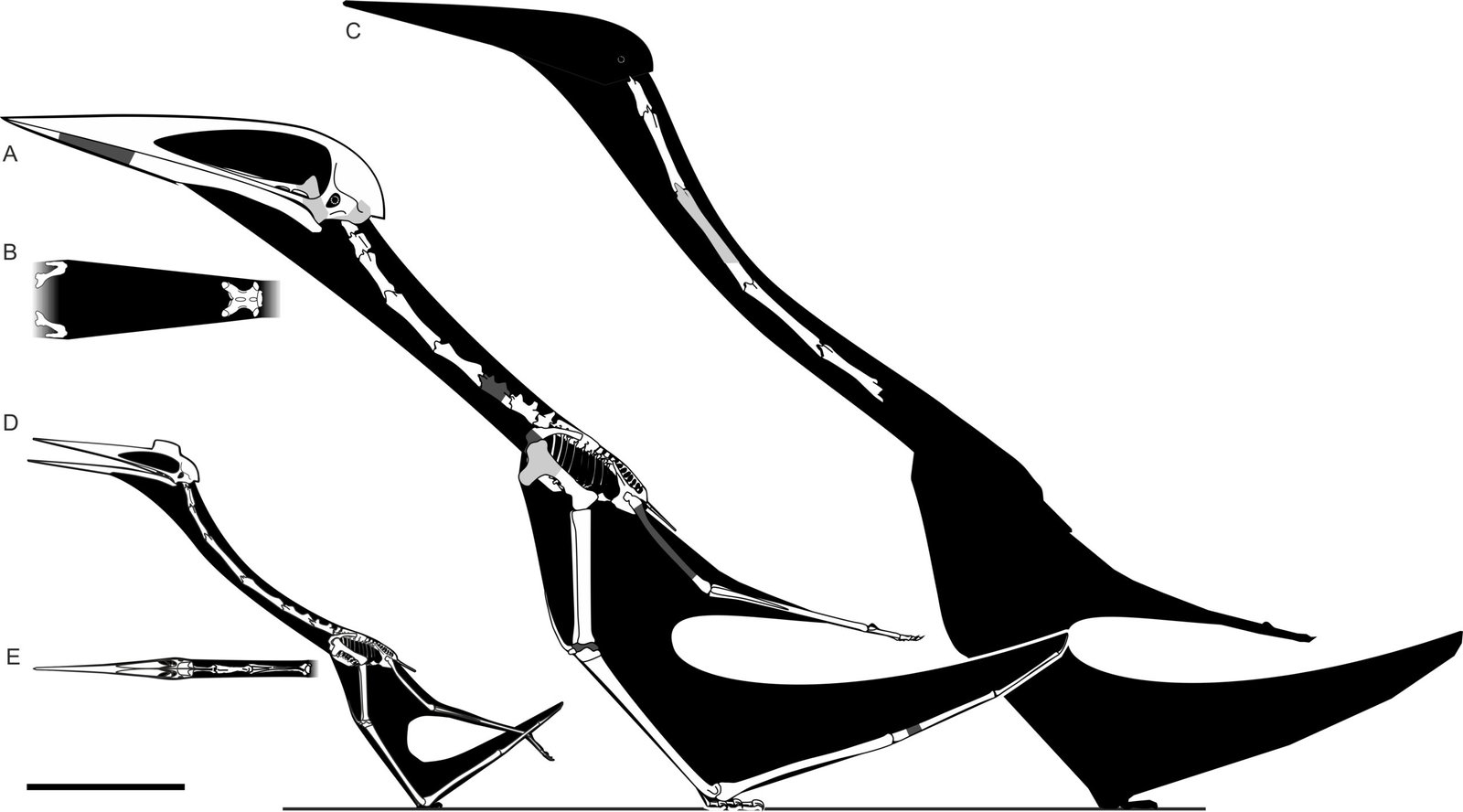
Arambourgiania is the pterosaur that makes you rethink necks, thanks to vertebrae so elongated they look like architectural columns. Discovered in the Middle East and reinterpreted over decades, it likely matched the upper tier of pterosaur wingspans while sporting a neck built for reach rather than brute force. With such a design, a stalking lifestyle makes sense: stand tall, probe wide, strike fast. The long, hollow bones would have been strong yet light, a natural solution to handling a large head at a distance from the body. It’s an elegant trick of physics, using geometry to keep weight down while maintaining stiffness where it counts.
We still argue about the fine print – exact wingspan, body mass, and how much the neck could flex – but the big picture remains impressive. Arambourgiania probably cruised over coastlines and inland seas, dropping to feed where prey densities spiked. Think of it as a giraffe-necked glider that weaponized reach rather than raw bite force. Compared with modern birds, its scale and proportions land squarely in the realm of the extraordinary. The result is a life strategy that no living flier quite mirrors today.
Cryodrakon boreas: The Cold Dragon of Alberta
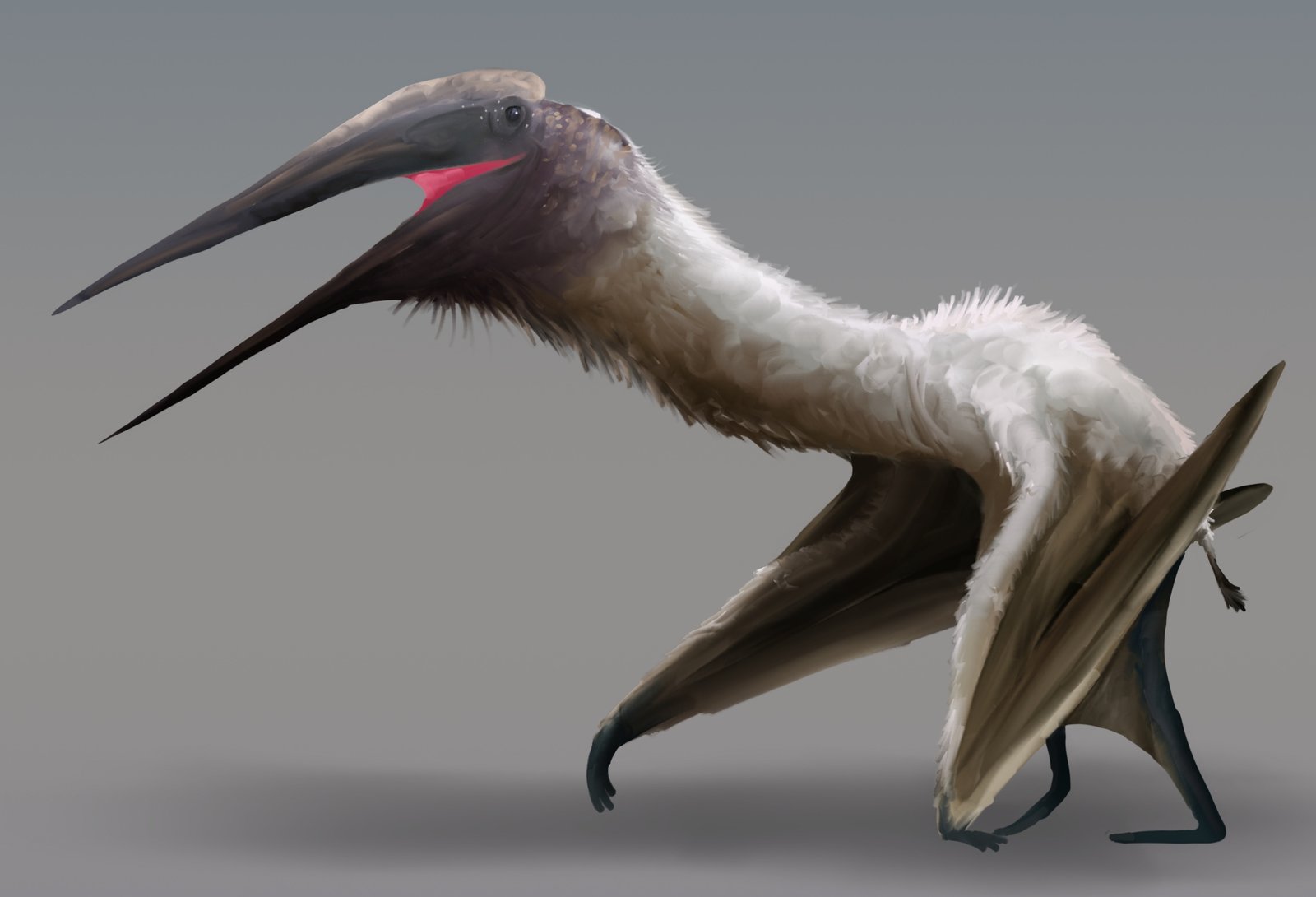
Named for the icy winds of the Canadian badlands where it was found, Cryodrakon is a northern giant that broadens the map of pterosaur superlatives. Its bones suggest a large azhdarchid comparable in overall size to the biggest of its clan, but with anatomical differences that set it apart from Quetzalcoatlus. The neck and limb elements point to a powerful terrestrial stride, echoing the now-classic vision of ground-stalking pterosaurs. Paleoenvironments indicate river channels, floodplains, and patchy forests – prime real estate for an opportunist that could soar between hunting grounds. Its presence in high-latitude settings hints at behavioral flexibility, perhaps seasonal movements or exploiting abundant summer prey.
What I love about Cryodrakon is how it underscores the diversity hidden inside what once seemed a uniform group. Slightly different neck proportions, limb robustness, and bone textures add up to distinct life histories. In living birds, those nuances separate cliff gliders from inland soarers, and the same logic likely applied here. Cryodrakon embodies that gradient, reminding us that giant pterosaurs weren’t clones. They were different solutions to the same challenge: how to rule the air with a body that big.
Phosphatodraco mauritanicus: The Phosphate Giant of North Africa

From Morocco’s rich phosphate beds comes Phosphatodraco, a large azhdarchid that pushes our evidence into the tropics of the late Cretaceous. Its preserved neck and back bones point to a sizeable animal – likely surpassing the wingspan of any modern bird – with the slim, stiff architecture typical of efficient soarers. These coastal upwelling zones were biological buffets, and a high-flying hunter could commute between hotspots with minimal energy. Phosphatodraco’s anatomy fits the profile: long wings for glide, a rigid neck for precise strikes, and light construction to keep launch costs low. Even if it wasn’t record-breaking, it easily dwarfed the wingspreads we see in living avian giants.
The fragmentary nature of its remains is a familiar frustration, but not a deal-breaker. Paleontologists have learned to squeeze surprising certainty from partial skeletons by comparing measurable features to better-known relatives. The result places Phosphatodraco among the big-league azhdarchids, reinforcing that giant fliers were widespread near the end of the Cretaceous. That geographic spread matters, because it tells us size wasn’t a one-off accident of a single ecosystem. Instead, it was a repeatable outcome wherever conditions, prey, and wind patterns aligned.
Why It Matters
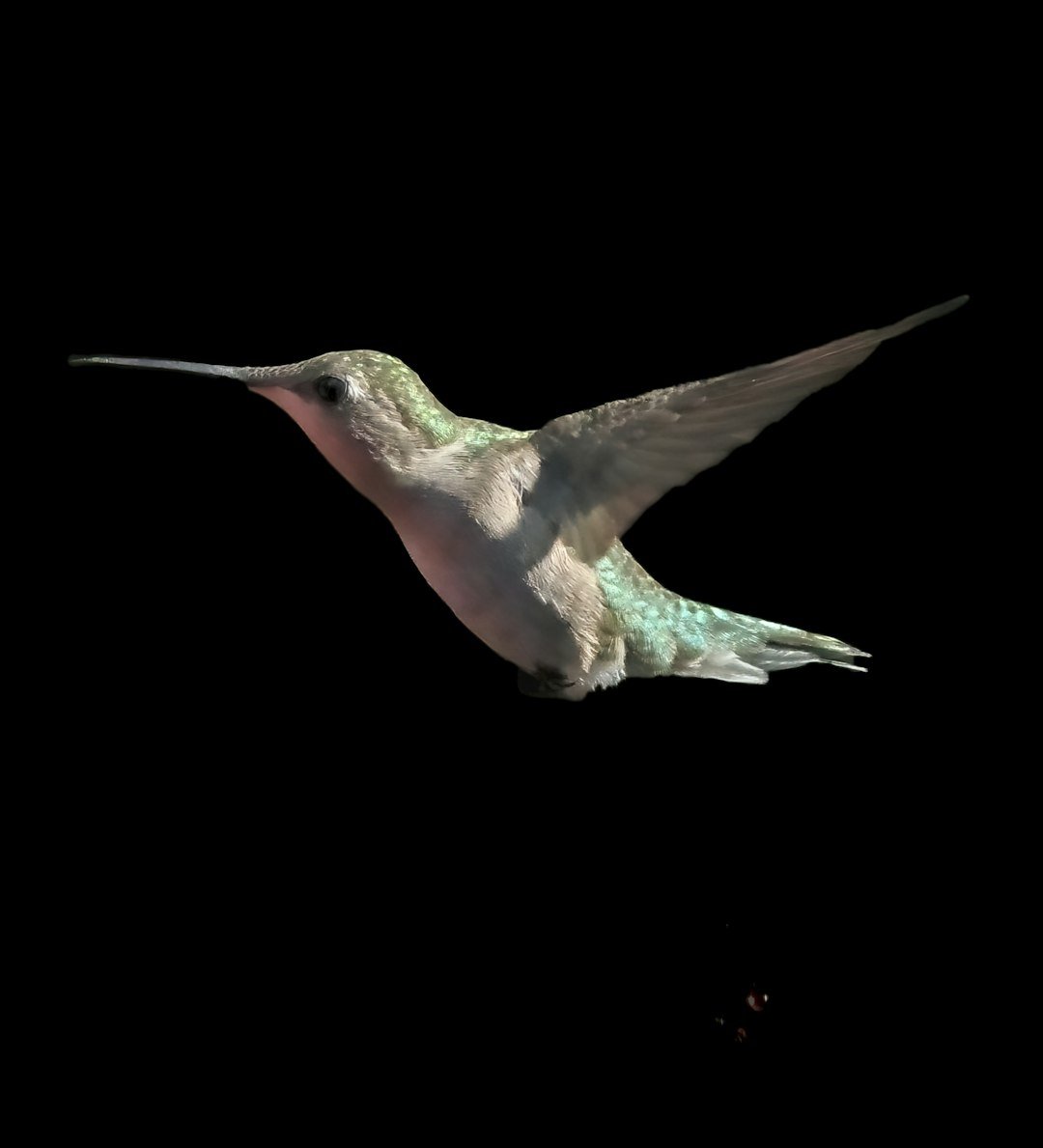
These pterosaurs force us to redraw the limits of powered flight, showing how evolution solved problems of takeoff, stability, and landing at monumental scale. Birds use a particular set of tools – feathers, keeled breastbones, hindlimb launch – but pterosaurs used different ones: membranous wings, elongated fourth fingers, and a quadrupedal vault. Studying both systems side by side illuminates the physics of flight in ways that a single lineage cannot. It also reframes our expectations for what large flying animals can do, from ground locomotion to prey handling and migration. In short, they expand the rulebook rather than just bend it.
There’s a human angle here, too. Engineers scavenging nature for ideas are already mining pterosaur biomechanics for insights into wing loading, stiffness gradients, and launch mechanics. Conservationists can leverage these deep-time stories to explain why today’s flying giants – albatrosses, condors, cranes – need room, wind, and quiet coasts. And educators gain a gripping narrative to spark curiosity that leads to careers in STEM fields. Compared with traditional dinosaur-centered tales, giant pterosaurs widen the lens and invite more players into the story.
The Future Landscape

What comes next is sharper and deeper seeing: micro‑CT scans of crushed bones, synchrotron imaging to map growth lines, and finite‑element models that stress‑test skulls and necks. New digs in underexplored strata across Africa, the Middle East, and Eastern Europe promise better skeletons, not just isolated bones. Drone photogrammetry is accelerating site mapping, while machine‑learning tools are helping match scattered fragments to the right species. We’re also closing in on the soft‑tissue mysteries – membrane fibers, wing edges, and muscle attachments – that dictate how these animals actually flew. As those pieces snap into place, size and behavior estimates will tighten.
Challenges remain stubborn: fragile bones weather away quickly, and the biggest animals are often known from frustratingly few parts. That means competing reconstructions will continue to coexist, sometimes for years, until new fossils break the tie. But the trajectory is clear – richer datasets, better models, and more global collaboration. When that arc meets the next blockbuster discovery, we’ll move past arguments about “could they fly that big?” and into the finer questions of how and where they did it. The giants of seventy million years ago still have new flights to take, this time in our models and minds.
Conclusion
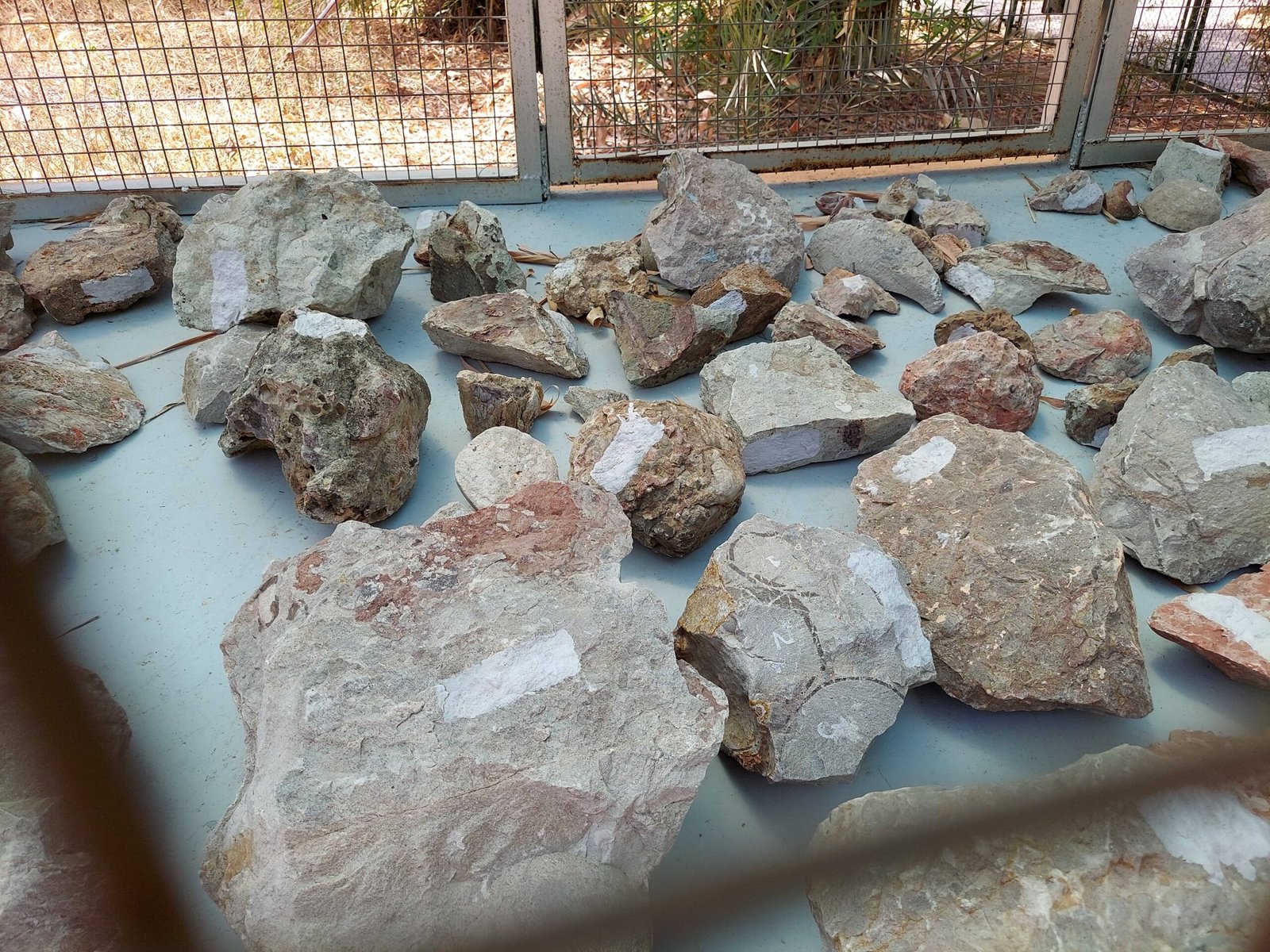
Big science grows from small habits anyone can adopt, starting with curiosity and respect. Support your local museums and university collections; they safeguard the fragile bones that carry these stories. Join citizen‑science efforts that catalog fossil sites and monitor erosion, because a single exposed bone can change a whole field. If you hike in badlands or quarries, leave fossils in place and report finds to professionals so context – time, layer, location – is preserved. And encourage the next generation with books, talks, and school visits that make ancient flight feel close enough to touch.
These steps don’t require a lab coat, just attention and care. The past can’t speak for itself; it depends on careful hands and open minds. With every protected site and every well‑documented specimen, we trade speculation for understanding. That exchange brings the giant fliers back into focus, not as legends, but as measurable, testable realities. Their story grows clearer when we all help carry it.

Suhail Ahmed is a passionate digital professional and nature enthusiast with over 8 years of experience in content strategy, SEO, web development, and digital operations. Alongside his freelance journey, Suhail actively contributes to nature and wildlife platforms like Discover Wildlife, where he channels his curiosity for the planet into engaging, educational storytelling.
With a strong background in managing digital ecosystems — from ecommerce stores and WordPress websites to social media and automation — Suhail merges technical precision with creative insight. His content reflects a rare balance: SEO-friendly yet deeply human, data-informed yet emotionally resonant.
Driven by a love for discovery and storytelling, Suhail believes in using digital platforms to amplify causes that matter — especially those protecting Earth’s biodiversity and inspiring sustainable living. Whether he’s managing online projects or crafting wildlife content, his goal remains the same: to inform, inspire, and leave a positive digital footprint.

